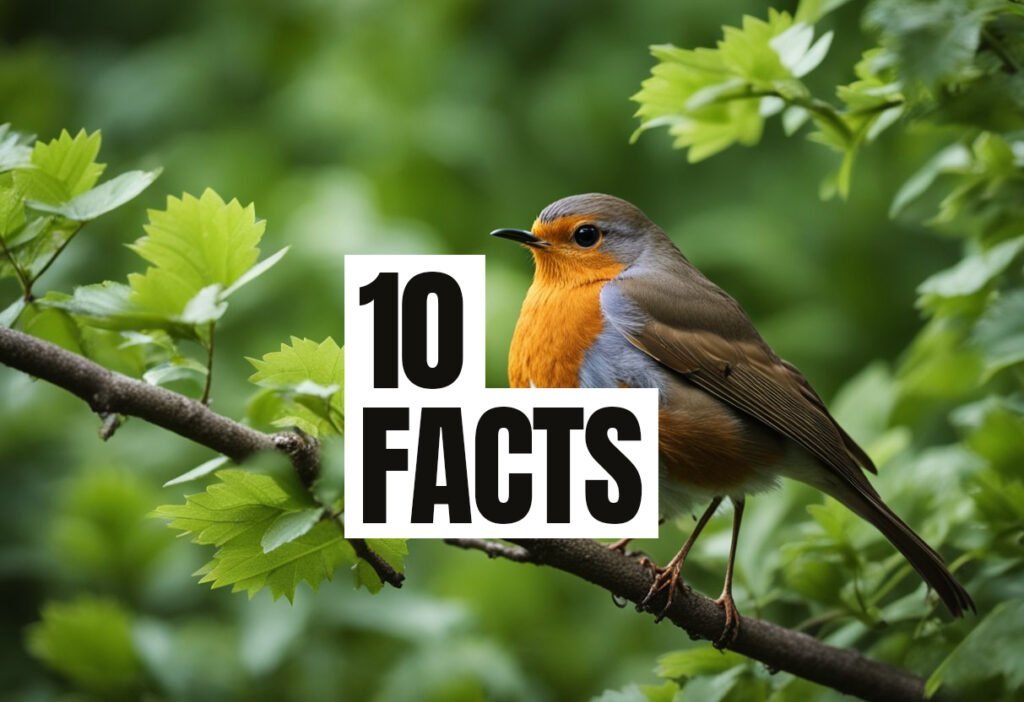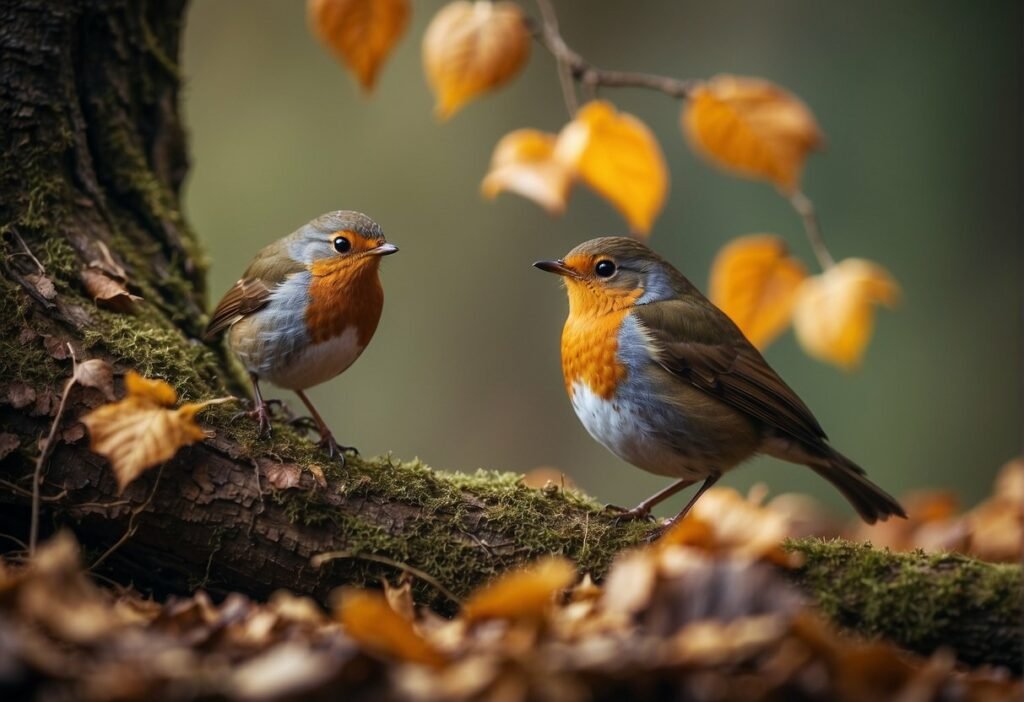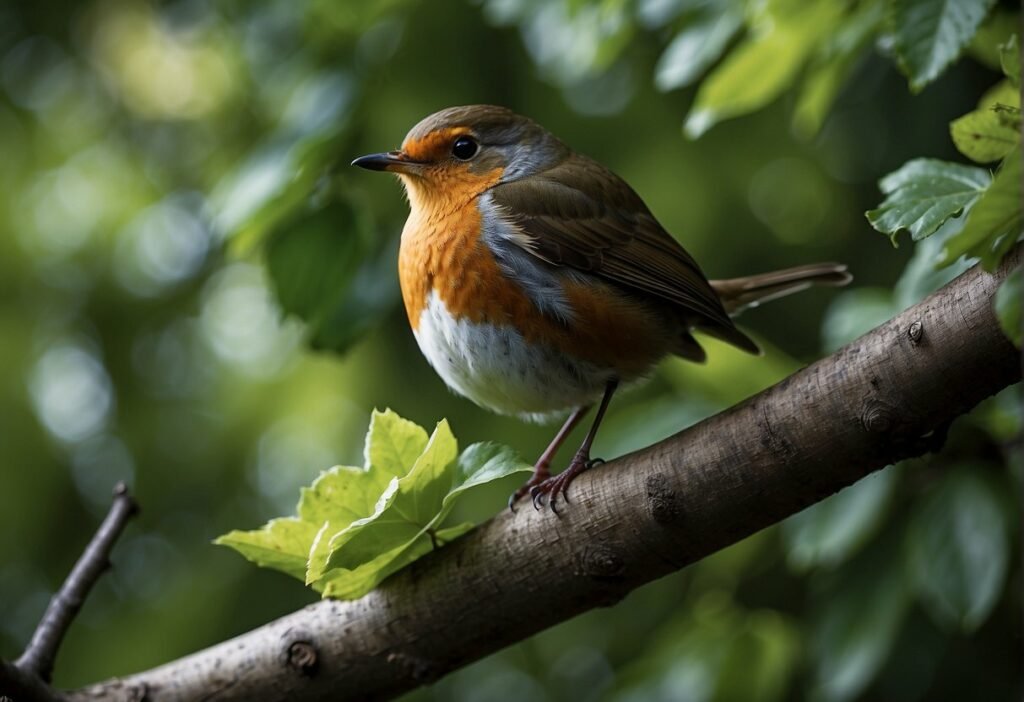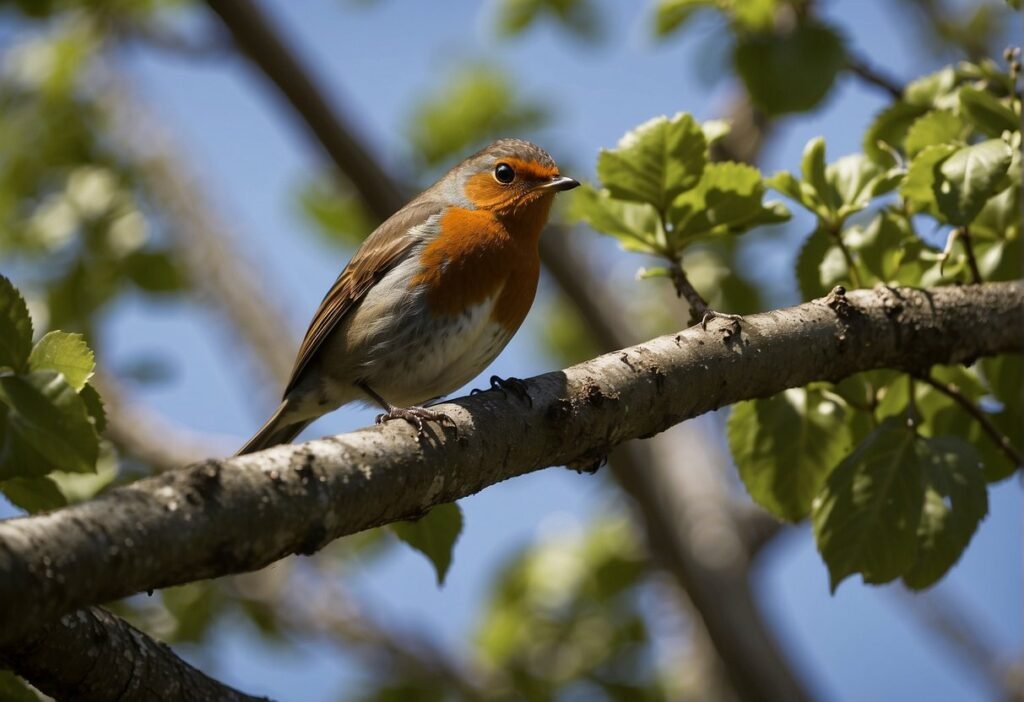Robins are a common sight in many backyards across North America. Their bright red breast and cheerful song make them a favorite among birdwatchers and nature enthusiasts. However, despite their popularity, robins are facing a number of threats to their population.

One of the main threats to robin populations is habitat loss. As more and more land is developed for human use, robins are losing the places where they live and breed. This can lead to a decline in their numbers, as well as a decrease in genetic diversity within the population.
Another threat to robins is the use of pesticides. Many pesticides used in agriculture and landscaping are toxic to birds, including robins. Exposure to these chemicals can lead to illness, reduced fertility, and even death. In addition, pesticides can also harm the insects that robins rely on for food, further reducing their chances of survival.
Overall, it is important to understand the threats facing robin populations in order to take action to protect them. By working to preserve their habitats and reduce the use of harmful chemicals, we can help ensure that these beloved birds continue to thrive for generations to come.
Habitat and Environmental Threats
Habitat Loss and Urbanization
One of the biggest threats to robin populations is habitat loss due to urbanization. As urban areas expand, forests and other natural habitats are destroyed, leaving the robins with fewer places to breed, nest, and find food. This loss of habitat can also lead to increased competition for the remaining resources, which can further reduce the robin population.
To combat this threat, conservation efforts are underway to protect and restore habitats that are important for robins. This includes creating nesting sites and planting trees and shrubs that provide food and shelter for the birds.
Climate Change and Weather Patterns
Climate change is another environmental threat to robin populations. Changes in weather patterns can affect the timing of breeding, migration, and winter survival. For example, if the timing of insect hatches changes, the robins may not have enough food to feed their young. In addition, extreme weather events such as droughts and storms can also have a negative impact on robin populations.
To address this threat, conservation efforts are focused on monitoring robin populations and studying how they are adapting to changing climate conditions. By understanding how these birds are responding to climate change, researchers can develop strategies to help them survive and thrive in the future.
Pesticides and Pollution
Pesticides and pollution are also major threats to robin populations. Pesticides can kill insects that robins rely on for food, while pollution can contaminate their water sources and harm their health. These threats can also affect the robins’ ability to breed and raise their young.
To reduce the impact of pesticides and pollution on robin populations, conservation efforts are focused on promoting the use of environmentally friendly farming practices and reducing pollution levels in waterways. By reducing the use of harmful chemicals and protecting the robins’ habitats, we can help ensure the survival of these beautiful birds for generations to come.
Biological and Human-Induced Threats
Robin populations face a range of threats, both biological and human-induced. Understanding these threats is crucial for effective conservation efforts. This section will explore some of the most significant threats to robin populations.
Predation and Natural Threats
Predation is one of the most significant threats to robin populations. Natural predators such as cats, crows, hawks, and owls can pose a threat to adult robins, their eggs, and their young. Squirrels are also known to raid robin nests and can cause significant damage. Nest predation is a significant problem for robins, and natural predators can have a significant impact on reproductive success.
Human Activities and Interactions
Human activities can also pose a threat to robin populations. Collisions with buildings and windows are a significant cause of mortality for robins. Bird feeders can also attract predators such as domestic cats, which can pose a threat to robins. Human development can also lead to habitat loss, which can impact robin survival and reproductive success.
Conservation efforts are essential for protecting robin populations. Monitoring populations, educating the public about threats to robins, and implementing measures to reduce predation and habitat loss can all help to protect these beloved birds.
Frequently Asked Questions
What factors are causing a decline in robin populations?
Robins are facing a number of threats that are causing their populations to decline. One of the main factors is habitat loss, which can occur due to urbanization, deforestation, and other forms of land-use change. In addition, robins are susceptible to predation by a variety of animals, including cats, snakes, and birds of prey. Climate change and severe weather events can also impact robin populations by altering their food sources and nesting habitats.
How does habitat destruction affect robin survival?
Habitat destruction can have a significant impact on robin survival. Robins require a variety of habitats to thrive, including woodlands, meadows, and suburban areas. When these habitats are destroyed or altered, robins may be forced to move to less suitable areas, which can lead to declines in their populations. In addition, habitat destruction can make robins more vulnerable to predators and other threats.
What predators pose a significant risk to robins?
Robins are preyed upon by a variety of animals, including cats, snakes, and birds of prey such as hawks and owls. In addition, raccoons, squirrels, and other mammals may raid robin nests and eat their eggs or young. Domestic pets, such as dogs and cats, can also pose a threat to robins.
Are there any diseases that are particularly harmful to robins?
Robins are susceptible to a number of diseases, including West Nile virus, avian influenza, and salmonella. These diseases can be transmitted by mosquitoes, other birds, and contaminated food or water sources. In addition, robins may be affected by parasites such as mites and lice, which can weaken their immune systems and make them more vulnerable to disease.
How do changes in climate and weather patterns impact robins?
Changes in climate and weather patterns can have a significant impact on robin populations. For example, warmer temperatures may cause robins to migrate earlier in the spring, which can lead to mismatches with their food sources. Severe weather events, such as droughts and floods, can also impact robin populations by destroying their habitats and food sources.
What conservation efforts are in place to protect robins?
There are a number of conservation efforts in place to protect robins and their habitats. These include habitat restoration and protection programs, education and outreach initiatives, and research into the causes of robin declines. In addition, laws and regulations are in place to protect robins and other migratory birds from hunting and other forms of exploitation.




